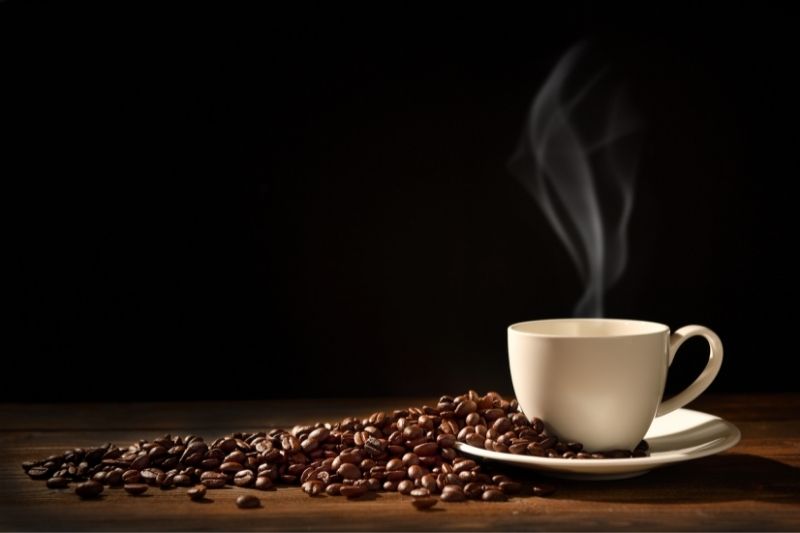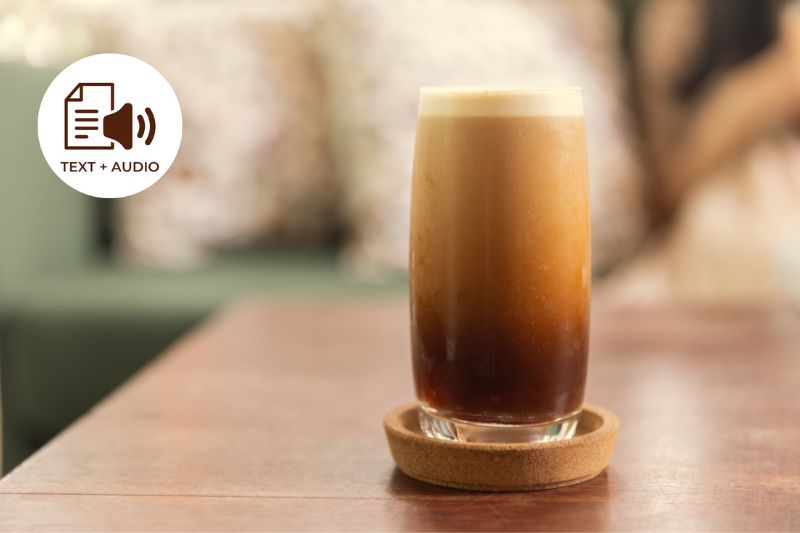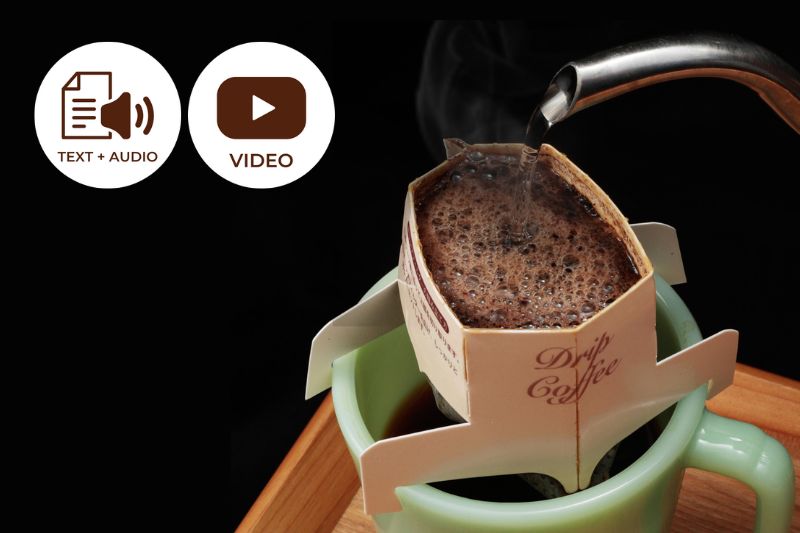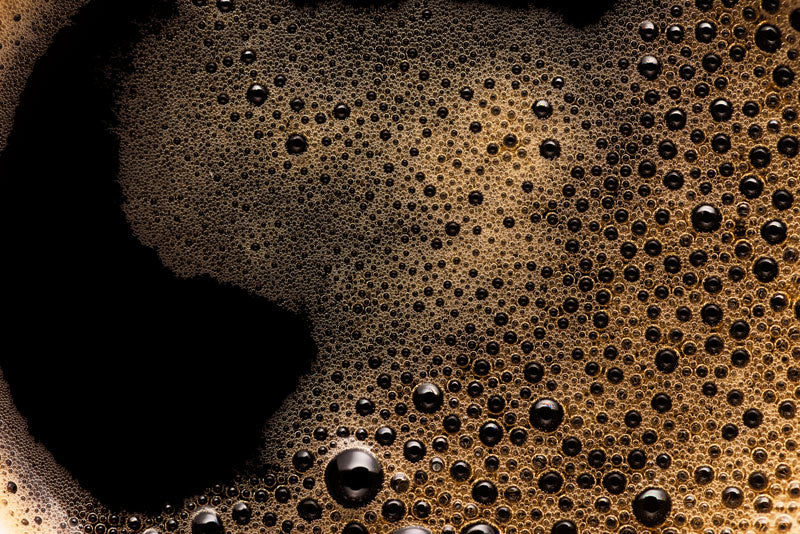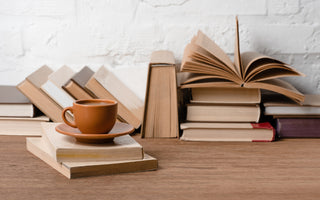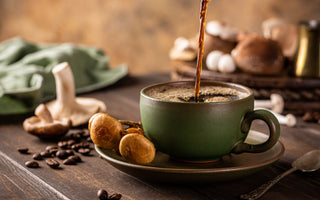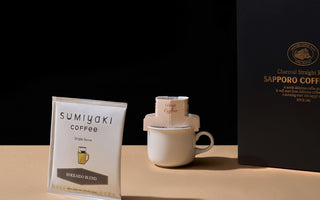If you're like most people, you take your coffee seriously. You need it to be strong, with a robust flavor that can cut through the morning fog and help you start your day on the right foot. But what makes a cup of coffee strong? Is it the type of beans that are used? The roast? The brewing method? Read on to find out!

What Makes a Cup of Coffee Strong?
You need your morning cup of Joe to get your day started right, and you'll do whatever it takes to make sure your coffee is just the way you like it.
But what makes a cup of coffee strong? Many would answer that it's the caffeine in it while others might tell you it’s the fact that they drink it black. I am going to explore this question today and take a closer look at what makes a cup of coffee strong, and some tips for how to make yours just the way you like it.
What does “strong” mean exactly?
When we say strong coffee, we can mean two things. The first is that it has a high caffeine content. The other is that it has a strong, bitter flavor. This flavor comes from the coffee beans' natural oils, which are released when they're roasted. These oils are what give coffee its distinctive taste.
Caffeine is a stimulant that can help you stay alert and focused. It's also addictive, which is why so many people crave coffee's energizing effects. But if you're looking for a strong-tasting cup of coffee without all the caffeine, there are ways to achieve that as well.

When “strong” means caffeine
Coffee beans contain a stimulant called caffeine, which can affect the human brain by increasing the heart rate and making a person alert. Caffeine occurs in coffee powder at 2-5%, so it is not possible to have too much of it from one cup of coffee.
In order to obtain more caffeine from ground coffee, the particles must be smaller so they can dissolve easily.
The best way to get stronger coffee is to use more ground coffee, usually 5 teaspoons per 1 cup of water for lower strength caffeine or 7 teaspoons per 1 cup of water for strength caffeine. To get the most of the caffeine in coffee, it is important to let the coffee grounds steep for a longer time so that all of the caffeine can be extracted.
Brewing methods also make a difference in how much caffeine is in a cup of coffee. Surprisingly, regular brewed coffee has more caffeine than espresso because it uses more ground coffee.
French press and pour-over coffees have more caffeine than drip coffees because they use immersion brewing which results in extraction of all of the soluble compounds from the grounds including oils and sugars.
Some people are more sensitive to caffeine than others and may experience adverse effects such as increased heart rate and anxiety. Pregnant women are advised to drink decaffeinated coffee up until they give birth.
When “strong” means flavor
Coffee can taste stronger when it is black because its flavour hasn't been altered by the addition of milk and sugar, and the drinker is able to taste more of the coffee flavour.
Adding both milk and sugar alters the strength of a coffee by changing its sensory characteristics so that it can be differentially detected against an unaltered strong-tasting stimulus such as black coffee.

The addition of milk brings with it fatty molecules known as lactones which may work to suppress bitterness. Sweeteners (e.g., sucrose and glucose) and other sweet tasting foods (such as fruits) also work to boost sweetness.
Coffee can also taste stronger when it is made with dark roast beans because the roasting process intensifies the coffee flavour. Dark roast beans have been roasted for a longer period of time, which produces a more intense flavour than light roast beans. Roasting the beans longer caramelizes the natural sugars in the bean, which gives them a richer and slightly smoky taste.
Does roasting affect caffeine levels?
When coffee beans are roasted the high temperatures produce the flavors associated with coffee, within just two minutes almost all of these reactions occur. You might not think this sounds like very long, but it is actually quite fast given that there are more than 1,000 different flavor compounds created by these reactions which take place in the presence of oxygen.
The caffeine in coffee is not changed during roasting, in fact caffeine is a natural compound of coffee and the only way to alter it is through the process of decaffeination. There are many different ways to turn coffee into decaf. Some methods use solvents such as methylene chloride, but this process can also remove some of the flavors and aromas from the coffee.

We choose to work with Sapporo Coffee Kan, a Japanese charcoal coffee roasting company that uses the decaffeination method of Liquid Dicarboxylic Acid. The way it works is that Liquid Dicarboxylic Acid is used at a certain relatively low atmospheric pressure and temperature to remove caffeine from the raw coffee beans.
The milder conditions of the process in terms of pressure and temperature helps the coffee beans to retain their original flavour, richness, flavor, and aroma. In other words, it doesn't affect the taste of the released coffee beans. That way you can make yourself a strong cup of coffee in flavour but without the caffeine intensity!
Does the coffee species affect the caffeine levels?
The caffeine content of coffee beans is affected by the species of the bean. Robusta coffee beans have higher caffeine levels than Arabica beans. This is because Robusta beans are more hardy and disease resistant than Arabica beans.
They also grow in lower altitudes and have a higher yield, making them a more economical choice for growers. The trade-off is that Robusta coffee beans have a harsher flavor and contain less sugar than Arabica beans.
The higher caffeine content of Robusta coffee makes it a better choice for blending with milder Arabica coffees to create a balanced flavor profile and higher caffeine level brew.

Tips for Brewing a Strong Cup of Coffee
Here are some tips on how to brew a strong cup of coffee at home:
- Opt for a dark roast profile
- Use Robusta beans or if you are using a blend make sure the percentage of Robusta is more than the Arabica one
- Increase the coffee quantity in your recipe
- Use a finer grind for filter brewing methods as this will extract more coffee oils
- Extract for a longer time than you normally would
- If you are looking for an even stronger cup of coffee, you can also try adding a single espresso shot to your regular filter coffee. This drink is called a red-eye.
- You could also make a black-eye, which is a regular filter coffee with two shots of espresso added to it.
If, however, you prefer a milder cup of coffee then there are a few options available to you. You can use more water or less coffee, go for an Arabica blend instead of Robusta beans, opt for a lighter roast profile and stick to a coarser grind when you are brewing filter coffee.
All in all, coffee is not only a matter of personal preference but also something you can have a lot of fun experimenting with and figuring out what suits you and what not!
Final Thoughts
So, if you’ve come this far and thought to yourself “I need a cup of coffee!” then let me just say that I don't blame you. After all, there are few things better than kicking off your day with a strong brew to get the blood flowing again after an early morning snooze.
But now that we know what makes for a good cup of joe, it's time to take our knowledge out into the world. Let us help find your perfect coffee match so you can have even more energy throughout your busy days at work or school without having to worry about caffeine crashes later on in the afternoon! Who knows? Your next favorite blend might be waiting right around the corner!
This post was first published in 2022 but it was updated in 2023 just for you.
Get Free Bonus Book


